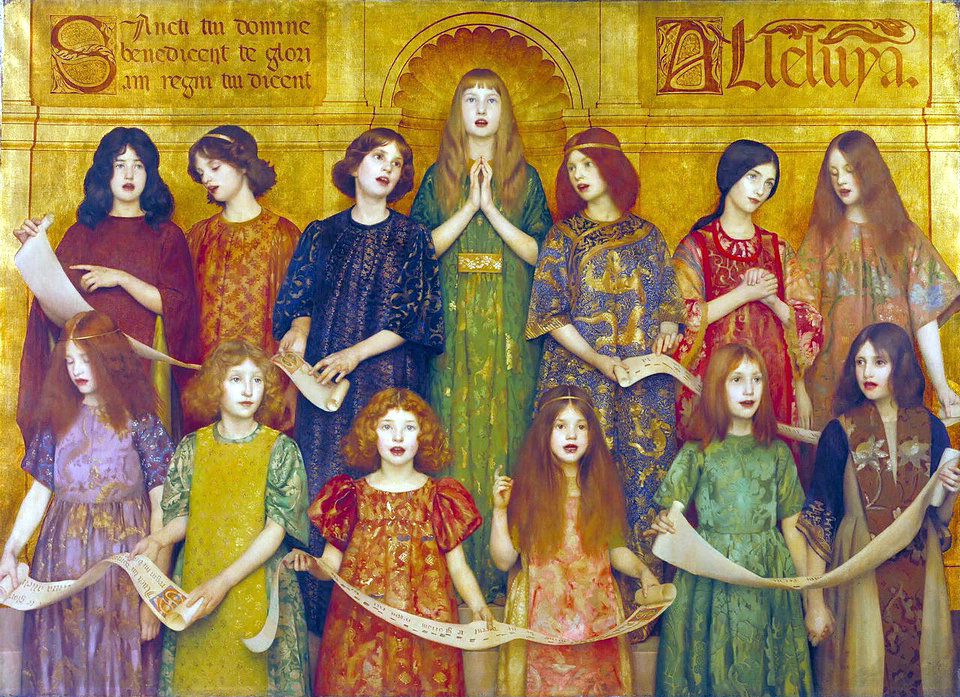Feminist aesthetics


Feminist aesthetics refers not to a particular aesthetic or style but to perspectives that question assumptions in art and aesthetics concerning sex-role stereotypes, or gender. In particular, feminists argue that despite seeming neutral or inclusive, the way people think about art and aesthetics is influenced by sex roles. In the way that feminist history unsettles traditional history, feminist aesthetics challenge philosophies of beauty, the arts and sensory experience.
Starting in the 18th century, ideas of aesthetic pleasure have tried to define “taste”. Kant and Hume both argued that there was universal good taste, which made aesthetic pleasure. A feminist line of logic about these attempts is that, because fine art was a leisure activity at this time, those who could afford to make art or produce supposed universal truths about how it is enjoyed would do so in a way that creates class and sex division. Even when those universal aesthetists did address gender, they categorized aesthetics into two categories: beauty and sublimity; with beauty being small and delicate (feminine) and sublimity being large and awe-inspiring (masculine).
Another explanation for the male-domination of forming aesthetic theory is that feminists express their aesthetic pleasure differently than non-feminist aesthetes for “whom the pleasure of theorizing […] is a form of jouissance”. Instead, a feminist is less likely to view the object as a disinterested interpreter, and intellectualize the sensation (Hilde Hein).
The idea of the creative genius is inspected in feminist aesthetics. In particular, women artists are often excluded from being creative or artistic geniuses. This exclusion in part stems from the traditional masculine definitions of genius. However, women were also excluded because they lacked the opportunities for artistic education required to be recognized as artists and geniuses. In addition, the idea of the creative genius itself celebrates individualism – which Christine Battersby calls “a kind of masculine heroism” – and overlooks the work of joint collaborations.
Aesthetic theories that make a distinction between “arts” and “crafts” can be viewed as anti-feminist. Here, art usually refers to fine art and crafts refers to everything else which has everyday aesthetics. Since those craft practices occur in the home where many women continue to work, their creativity is marginalised because their domain is marginalised.
Source from Wikipedia